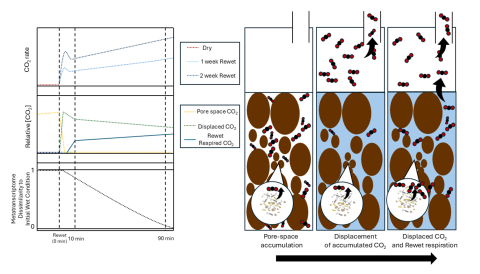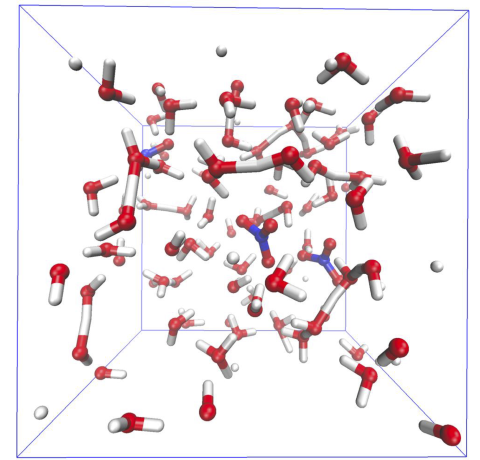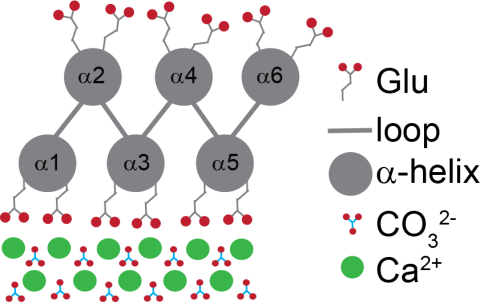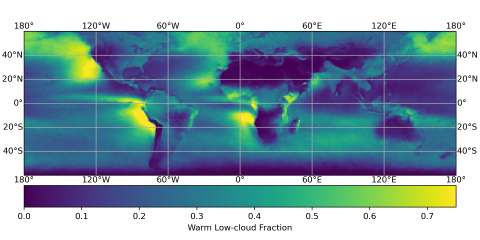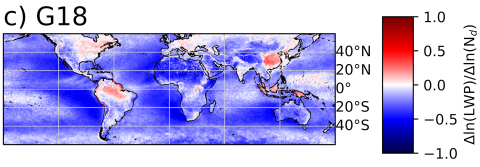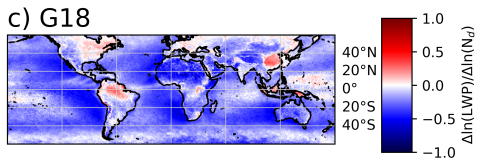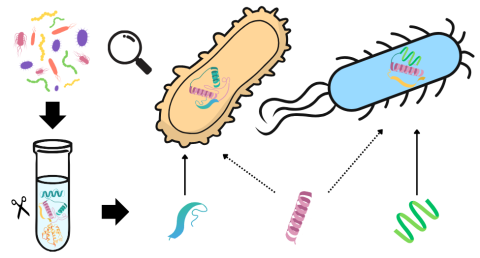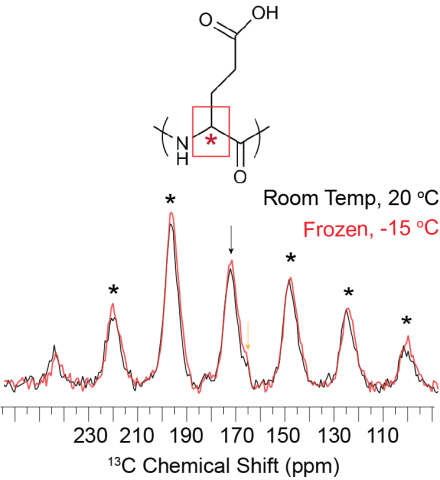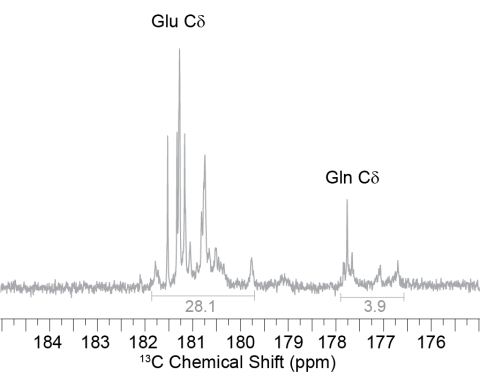Please cite as : Mary S. Lipton, William C. Nelson, Hugh McCullough, Montana L. Smith, Sheryl L. Bell, Lisa M. Bramer, Hyun-Seob Song, Kirsten Hofmockel, 2025. Moisture Metaphenome Incubation Analysis Results . [Data Set] PNNL DataHub. https://doi.org/10.25584/3007775 This data is published under a...
Filter results
Category
- Scientific Discovery (379)
- Biology (263)
- Earth System Science (166)
- Human Health (112)
- Integrative Omics (74)
- Microbiome Science (50)
- National Security (32)
- Computational Research (25)
- Computing & Analytics (18)
- Energy Resiliency (13)
- Chemical & Biological Signatures Science (12)
- Weapons of Mass Effect (12)
- Materials Science (11)
- Chemistry (10)
- Data Analytics & Machine Learning (9)
- Computational Mathematics & Statistics (7)
- Data Analytics & Machine Learning (7)
- Renewable Energy (7)
- Atmospheric Science (6)
- Ecosystem Science (6)
- Visual Analytics (6)
- Coastal Science (4)
- Energy Storage (4)
- Plant Science (4)
- Solar Energy (4)
- Bioenergy Technologies (3)
- Energy Efficiency (3)
- Transportation (3)
- Cybersecurity (2)
- Distribution (2)
- Electric Grid Modernization (2)
- Grid Cybersecurity (2)
- Subsurface Science (2)
- Wind Energy (2)
- Advanced Lighting (1)
- Computational Mathematics & Statistics (1)
- Environmental Management (1)
- Federal Buildings (1)
- Geothermal Energy (1)
- Grid Analytics (1)
- Grid Energy Storage (1)
- High-Performance Computing (1)
- Terrestrial Aquatics (1)
- Vehicle Technologies (1)
- Waste Processing (1)
- Water Power (1)
Tags
- Virology (77)
- Immune Response (51)
- Time Sampled Measurement Datasets (51)
- Differential Expression Analysis (46)
- Gene expression profile data (45)
- Homo sapiens (42)
- Predictive Phenomics (34)
- Mass spectrometry data (32)
- Multi-Omics (32)
- Viruses (28)
- Omics (26)
- Mass Spectrometry (25)
- Soil Microbiology (25)
- Health (23)
- Virus (23)
- MERS-CoV (19)
- Mus musculus (19)
- Proteomics (18)
- Synthetic (14)
- Genomics (13)
- sequencing (13)
- West Nile virus (13)
- High Throughput Sequencing (11)
- Influenza A (11)
- Metagenomics (10)
- PerCon SFA (10)
- S. elongatus PCC 7942 (10)
- Ebola (9)
- TA1 (9)
- TA2 (9)
RhizoGrid Indexed Sorghum Rhizosphere Multi-Omics pending public release Identification of spatially resolved biomarkers of drought in Sorghum bicolor rhizosphere molecular-microbe interactions using a novel root cartography "RhizoGrid" system for sampling plants under drought and control conditions...
This dataset was generated using an iterative active learning strategy with the ArcaNN software package ( https://github.com/arcann-chem/arcann_training ) to train machine-learning interatomic potentials (MLIPs) for aqueous nitric acid. Each active-learning cycle consisted of three stages: (1)...
Biomineralization is the process by which organisms use biomolecules to produce hierarchically structured organic-inorganic composites. Using biology as inspiration, a protein construct (FD31) was previously designed to accelerate formation of nano-calcite with an unconventional {110} face. To...
The SATELLITE_EAGLES_PNNL NetCDF dataset contains a suite of satellite- and reanalysis-derived atmospheric and surface parameters on a regular 18 × 36 latitude–longitude grid. The dataset includes core geophysical fields such as land fraction, aerosol optical depth at multiple wavelengths (465, 550...
The SATELLITE_EAGLES_PNNL NetCDF dataset contains a suite of satellite- and reanalysis-derived atmospheric and surface parameters on a regular latitude–longitude grid. The dataset includes core geophysical fields such as land fraction, aerosol optical depth at multiple wavelengths (465, 550, 667...
The SATELLITE_EAGLES_PNNL NetCDF dataset contains a suite of satellite- and reanalysis-derived atmospheric and surface parameters on a regular latitude–longitude grid. The dataset includes core geophysical fields such as land fraction, aerosol optical depth at multiple wavelengths (465, 550, 667...
The SATELLITE_EAGLES_PNNL NetCDF dataset contains a suite of satellite- and reanalysis-derived atmospheric and surface parameters on a regular latitude–longitude grid for 6 different spatial resolutions (10, 5, 1, 0.5, 0.1, and 0.05 degree resolutions). The dataset includes core geophysical fields...
This data package contains processed LC-MS proteomics results and analysis scripts associated with the paper "Assessing Degenerate Peptide Resolution Methods using a Ground Truth Dataset". In this study, we designed an artificial microbial community to create a ground truth, simulated metaproteomic...
Category
Room temperature and frozen CP-MAS spectra of FD31*-E' nucleated calcite showing the overall CSA pattern does not change as a function of temperature. The FD31* Glu backbone carbonyl appears to be immobile on the ~500 microsecond timescale under both temperature conditions.
Solution NMR spectra of 5-13C-Glu amino acid used to synthesize FD31*-Edelta samples for solid state NMR. Spectra verifies that the starting material was only isotopically enriched at position 5.
Solution NMR spectra of FD31*-Edelta dissolve in D2O, showing the distribution of peaks for glutamic acid (~180 ppm) and glutamine (~174 ppm), the latter of which was labeled via scrambling.
Raw NMR data for the three trials measuring the distance between 15N in the backbone of glutamic acid in FD31* to 13C in the calcite surface using REDOR NMR. Data collected on a 300 MHz instrument using a 5 mm HCN probe.
The raw NMR data files for all three T1rho trials at room temperature for the FD31*-Edelta nucleated calcite sample showing almost no mobility for the Glu sidechain carbonyls in FD31* on the millisecond timescale.
Comparison of frozen and room temperature 1H-13C CP-MAS spectra for FD31-U-T nucleated calcite show that the threonine backbone carbonyl is immobile at both temperatures on the ~500 microsecond timescale. A slight decrease in signal to noise between the room temperature and frozen spectra does...

